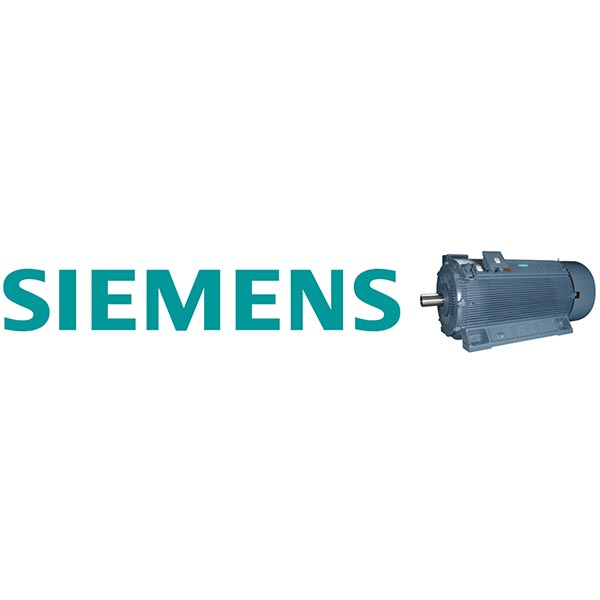The triumph of electricity would never have taken place without Siemens. Throughout its history, the company’s innovations in heavy-current technology and its collaborations with promising partner firms have enabled Siemens to set the course for the future in the energy sector. Drawing on a long tradition, Siemens has systematically expanded its portfolio and used its pioneering achievements to position itself in the most significant markets. Siemens Energy, the new energy company, will stay the course and open a new chapter in the history of Siemens energy technology.
The age of electricity – Beginnings of heavy-current technology
It is no exaggeration to say that the last third of the 19th century inaugurated a new era in the Industrial Age. The first uses of electricity as a universally applicable form of energy represented a key event in the rise of modern industrial society, with its all-encompassing electrical networks. Though electricity was already playing a role earlier in the century, its involvement was largely limited to electric telegraphy, with little impact for the moment across any broader horizon. But one starting point that might be cited for the age of electricity was the introduction of lighting technology around 1880.
By illuminating streets, ports and smaller industrial installations, this established a bridgehead for electric power generation and distribution, and initiated a process of development for ever more extensive systems – from isolated small power plants to complex grids and interconnected power distribution systems that reached beyond municipal boundaries.
Electrical machines work by way of the physical interaction between electricity and magnetism. The scientific foundations for applying them had already been laid early in the century. But it was not until 1860 or so that discoveries and inventions made it possible to convert electrical energy into mechanical energy efficiently and cost-effectively, and to distribute it across long distances. That was the real start of the era of heavy-current technology. During the 1880s, this technology began gathering its strength for a mighty leap forward in the form of increasingly powerful power plants and transmission technologies. The capacity of the electricity supply quadrupled within just a few decades, and electrically based industrialization attained a hitherto unimagined scale. There is good reason why the world’s electrification at the end of the 19th century is sometimes called the “Second Industrial Revolution.”



